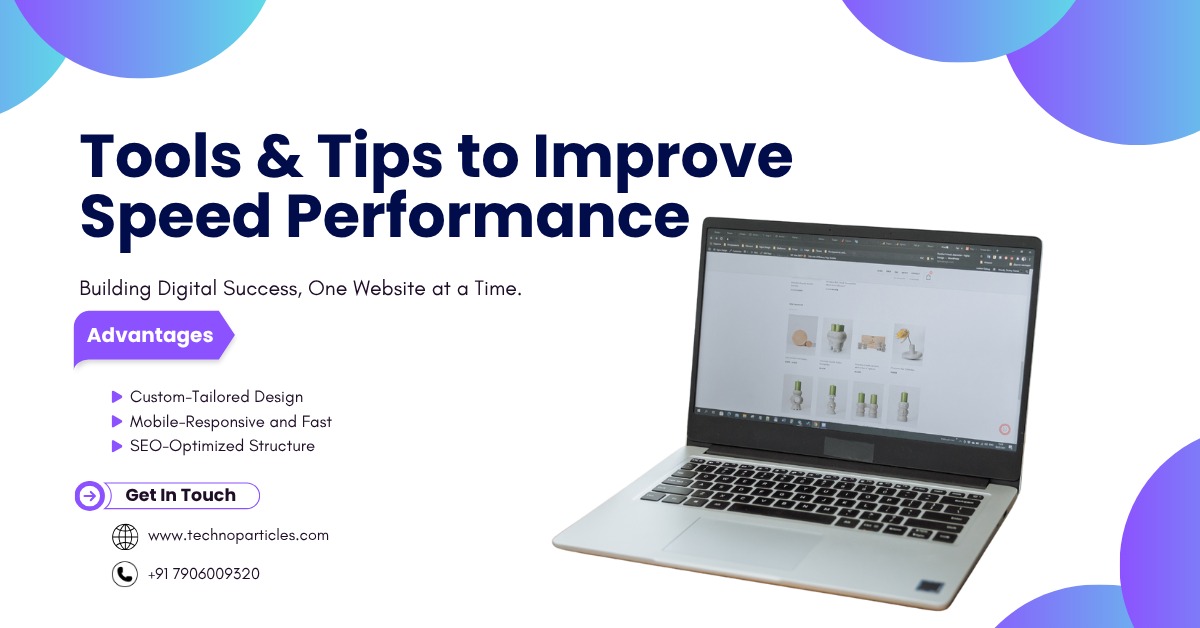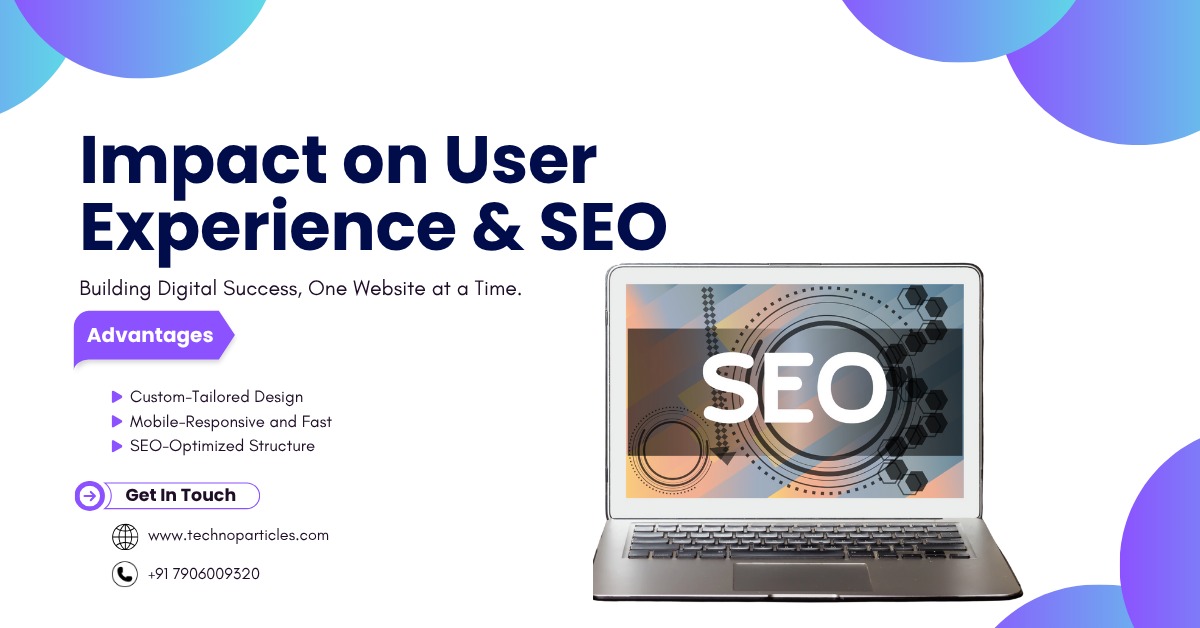Introduction
Why Avoiding Web Development Mistakes Is Crucial in 2025
Let me ask you a simple question: when was the last time you stayed on a website that was slow, clunky, or hard to use on
mobile? Probably never. That’s the reality your customers face too.
In 2025, your website isn’t just a digital brochure—it’s your first impression, your salesperson, and your storefront—all rolled into one. Whether you’re running a boutique in Agra or a nationwide startup, every web decision matters.
Unfortunately, too many businesses still fall into common traps that silently kill their growth and customer trust. These issues may look small but have long-lasting effects—especially if left unchecked.
The good news? You don’t need a huge budget or coding skills to fix them. In this blog, I’ll walk you through the most damaging web development mistakes you must avoid—and how to fix them smartly. Let’s ensure your website works for you, not against you.
1. Ignoring Mobile Responsiveness
Why Mobile-First Design Is Non-Negotiable
Picture this: someone in Agra searches for your service on their phone, clicks your website—and the layout is broken, text overlaps, and buttons don’t work. They leave in seconds.
That’s the cost of ignoring mobile responsiveness. With over 80% of users in India browsing via smartphones, not having a mobile-optimized site is like locking your shop’s front door.
Mobile-first desi
It creates a seamless, engaging user experience, which means users stay longer, click more, and are more likely to convert.
Impact on User Experience & SEO
Google’s algorithms now prioritize mobile-friendly websites in search results. If your site isn’t optimized, you’re falling behind in rankings—especially on local searches like “best bakery in Agra” or “freelance designer near me.”
A non-responsive design causes higher bounce rates, lower engagement, and lower conversions.
The fix? Use responsive design frameworks like Bootstrap, or choose
WordPress themes that are mobile-ready out of the box. Always test your site using Google’s Mobile-Friendly Test Tool.
📍 TechnoParticles Tip: We build every website mobile-first by default. Want us to test yours? Get a free mobile audit now—no strings attached.
2. Slow Loading Speed
Causes of Laggy Websites
We’ve all done it—clicked on a website, waited 5 seconds… and bounced. In today’s fast world, speed isn’t just a feature—it’s a necessity.
Most laggy websites suffer due to oversized images, bloated code, poor server response, or too many plugins. And for users in tier-2 cities like Agra where internet can be unstable, it becomes even more painful.
Every second matters. Even a 1-second delay can lead to a 7% drop in conversions. Imagine the loss over a year.
Slow websites also feel untrustworthy and unprofessional, even if your business isn’t. That perception can cost you valuable customers.
The solution starts with proper testing. Use Google PageSpeed Insights, GTmetrix, or Pingdom to identify speed blockers.
✅ Compress your images using TinyPNG or WebP.
✅ Minify CSS, JavaScript, and HTML using tools like Minifier.org.
✅ Implement browser caching and lazy loading for media content.
✅ Avoid too many third-party scripts and plugins that slow down render times.
✅ Use a performance-oriented host—your ₹99/month hosting plan won’t cut it anymore.
📍
TechnoParticles Tip: All our websites are built to score 90+ on PageSpeed tests. Want a free speed audit for your current site? Just message us.







Leave a comment